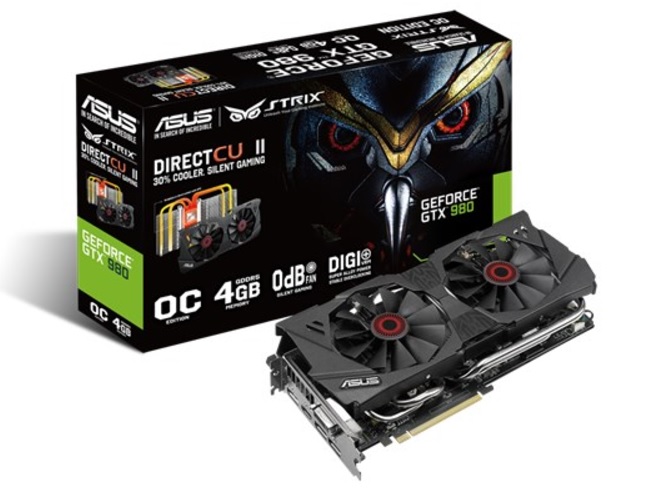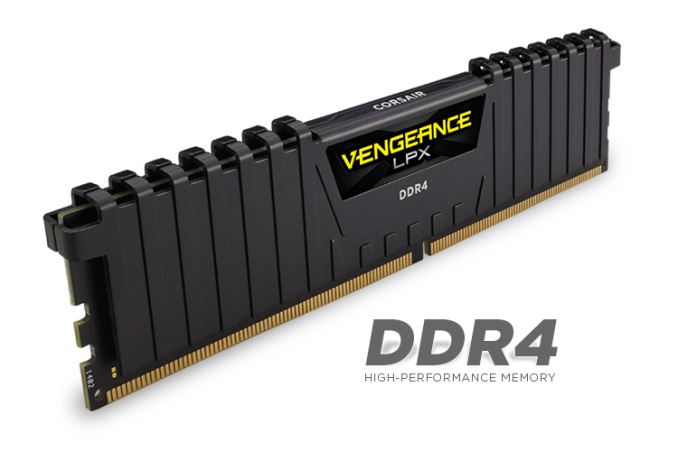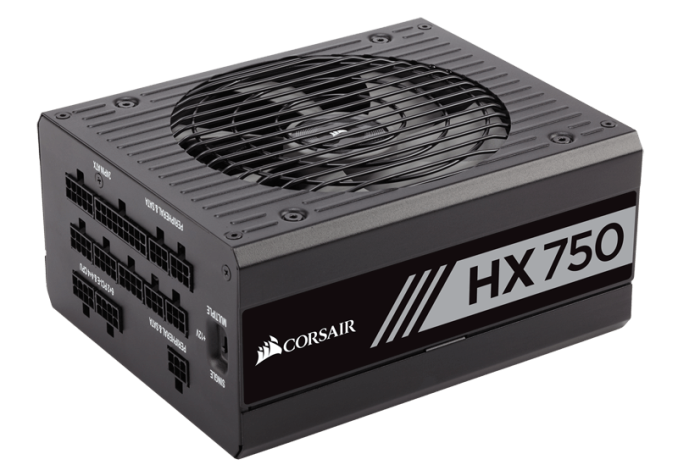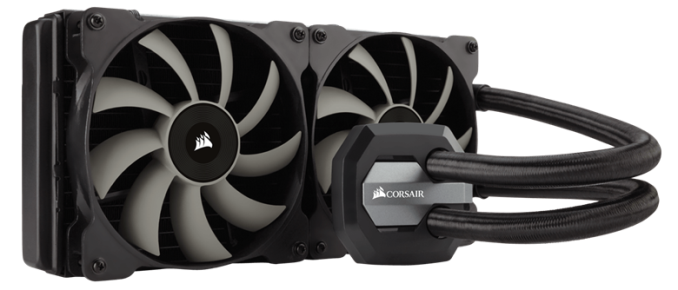The MSI X299 SLI Plus Motherboard Review: $232 with U.2
by Joe Shields on November 29, 2017 8:00 AM EST- Posted in
- Motherboards
- MSI
- X299
- Skylake-X
- Kaby Lake-X
- SLI Plus
Board Features
MSI slots the MSI X299 SLI Plus in its Pro Series of motherboards. Intended for professionals, boards in this series are meant to be flexible, stable, reliable, and having lasting performance according to MSI. Flexibility comes in a couple of forms; first is the use of a U.2 connector which most boards in the MSI product stack (or other board partners for that matter) do not have. Also integrated are two Intel Gigabit NICs and included Network Manager software for bandwidth optimization and traffic prioritization. MSI's optimized DDR4 traces and isolated memory circuitry help with memory speed support rated at DDR4-4133 in quad-channel or DDR4-4500 in dual-channel mode. Also found in other higher-end products, 3-way SLI and 3-way Crossfire capabilities are present as well as using the Realtek ALC1220 Codec.
| MSI X299 SLI Plus | |
| Warranty Period | 3 Years |
| Product Page | Link |
| Price | Amazon US |
| Size | ATX |
| CPU Interface | LGA2066 |
| Chipset | Intel X299 |
| Memory Slots (DDR4) | Eight DDR4 Supporting 128GB Quad Channel Up to DDR4-4133 (quad ch) Up to DDR4-4500 (dual ch) |
| Network Connectivity | 1 x Intel I219-V GbE 1 x Intel I211-AT GbE |
| Onboard Audio | Realtek ALC1220 |
| PCIe Slots for Graphics (from CPU) |
x16/x16/x8 w/ 44 Lane CPU x16/x8/x4 w/ 28 Lane CPU x8/x8/x0, x8/x4/x4 w/16 Lane CPU |
| PCIe Slots for Other (from PCH) |
1 x PCIe 3.0 x4 1 x PCIe 3.0 x1 |
| Onboard SATA | Eight, RAID 0/1/5/10 |
| Onboard SATA Express | None |
| Onboard M.2 | 2 x PCIe 3.0 x4 or SATA |
| Onboard U.2 | 1 x PCIe 3.0 x4 |
| USB 3.1 | ASMedia ASM3142 1 x Back Panel Type-A 1 x Back Panel Type-C 1 x Onboard Header |
| USB 3.0 | ASMedia ASM1074 3 x Back Panel Chipset 1 x Back Panel Ports 2 x Onboard Headers |
| USB 2.0 | 4 x Back Panel Ports 2 x Onboard Headers |
| Power Connectors | 1 x 24-pin ATX 1 x 8-pin CPU |
| Fan Headers | 1 x 4-pin CPU 1 x 4-pin Water Pump 4 x System |
| IO Panel | 1 x Clear CMOS 1 x BIOS Flashback+ 1 x PS/2 Mouse/Keyboard 1 x BIOS Flashback+ port 4 x USB 3.1 (5 Gbps) Type-A 2 x LAN (RJ45) 1 x USB 3.1 (10 Gbps) Type-A 1 x USB 3.1 (10 Gbps) Type-C 1 x Optical SPDIF 5 x OFC Audio Jacks |
The power delivery is consummate with the price of the board, with being four phase and doubled, however it handled stock benchmarks and overclocking just fine. The heatsink was warm to the touch, nothing alarming, even in the overclocked testing. Many board partners are releasing new versions of their boards with improved heatsinks and/or VRMs. So far the SLI Plus or Tomahawk is not one of them. I do not find such an update to be a need for this board considering the target market is business and professionals as typically they are not the type of user looking to push the CPU hard. Surprisingly, we do not see 10 Gigabit networking included on the SLI Plus. The Plus Series is on the less expensive side of their product stack but being geared towards productivity and the professional, a person more likely to use or need 10 Gigabit. I would like to have seen that on this board feature on this board, regardless of the inevitable price increase it would bring, or an SLI Plus '10G' edition.
Test Bed
As per our testing policy, we take a high-end CPU suitable for the motherboard that was released during the socket’s initial launch and equip the system with a suitable amount of memory running at the processor maximum supported frequency. This is also typically run at JEDEC sub timings where possible. It is noted that some users are not keen on this policy, stating that sometimes the maximum supported frequency is quite low, or faster memory is available at a similar price, or that the JEDEC speeds can be prohibitive for performance. While these comments make sense, ultimately very few users apply memory profiles (either XMP or other) as they require interaction with the BIOS, and most users will fall back on JEDEC supported speeds - this includes home users as well as industry who might want to shave off a cent or two from the cost or stay within the margins set by the manufacturer. Where possible, we will extend our testing to include faster memory modules either at the same time as the review or a later date.
Readers of our motherboard review section will have noted the trend in modern motherboards to implement a form of MultiCore Enhancement / Acceleration / Turbo (read our report here) on their motherboards. This does several things, including better benchmark results at stock settings (not entirely needed if overclocking is an end-user goal) at the expense of heat and temperature. It also gives, in essence, an automatic overclock which may be against what the user wants. Our testing methodology is ‘out-of-the-box’, with the latest public BIOS installed and XMP enabled, and thus subject to the whims of this feature. It is ultimately up to the motherboard manufacturer to take this risk – and manufacturers taking risks in the setup is something they do on every product (think C-state settings, USB priority, DPC Latency/monitoring priority, overriding memory sub-timings at JEDEC). Processor speed change is part of that risk, and ultimately if no overclocking is planned, some motherboards will affect how fast that shiny new processor goes and can be an important factor in the system build.
| Test Setup | |
| Processor | Intel i9 7900X (10C/20T, 3.3G, 140W) |
| Motherboard | MSI X299 SLI Plus (BIOS version 1.5) |
| Cooling | Corsair H115i |
| Power Supply | Corsair HX750 |
| Memory | Corsair Vengeance 4x8GB DDR4 2666 CL16 Corsair Vengeance 4x4GB DDR4 3200 CL16 |
| Memory Settings | DDR4 2666 CL16-18-18-35 2T |
| Video Cards | ASUS Strix GTX 980 |
| Hard Drive | Crucial MX300 1TB |
| Optical Drive | TSST TS-H653G |
| Case | Open Test Bed |
| Operating System | Windows 10 Pro 64-bit |
Many thanks to...
We must thank the following companies for kindly providing hardware for our multiple test beds. Some of this hardware is not in this testbed specifically but is used in other testing.
Thank you to ASUS for providing us with GTX 980 Strix GPUs. At the time of release, the STRIX brand from ASUS was aimed at silent running, or to use the marketing term: '0dB Silent Gaming'. This enables the card to disable the fans when the GPU is dealing with low loads well within temperature specifications. These cards equip the GTX 980 silicon with ASUS' Direct CU II cooler and 10-phase digital VRMs, aimed at high-efficiency conversion. Along with the card, ASUS bundles GPU Tweak software for overclocking and streaming assistance.
The GTX 980 uses NVIDIA's GM204 silicon die, built upon their Maxwell architecture. This die is 5.2 billion transistors for a die size of 298 mm2, built on TMSC's 28nm process. A GTX 980 uses the full GM204 core, with 2048 CUDA Cores and 64 ROPs with a 256-bit memory bus to GDDR5. The official power rating for the GTX 980 is 165W.
The ASUS GTX 980 Strix 4GB (or the full name of STRIX-GTX980-DC2OC-4GD5) runs a reasonable overclock over a reference GTX 980 card, with frequencies in the range of 1178-1279 MHz. The memory runs at stock, in this case, 7010 MHz. Video outputs include three DisplayPort connectors, one HDMI 2.0 connector, and a DVI-I.
Further Reading: AnandTech's NVIDIA GTX 980 Review
Thank you to Crucial for providing us with MX300 SSDs. Crucial stepped up to the plate as our benchmark list grows larger with newer benchmarks and titles, and the 1TB MX300 units are strong performers. Based on Marvell's 88SS1074 controller and using Micron's 384Gbit 32-layer 3D TLC NAND, these are 7mm high, 2.5-inch drives rated for 92K random read IOPS and 530/510 MB/s sequential read and write speeds.
The 1TB models we are using here support TCG Opal 2.0 and IEEE-1667 (eDrive) encryption and have a 360TB rated endurance with a three-year warranty.
Further Reading: AnandTech's Crucial MX300 (750 GB) Review
Thank you to Corsair for providing us with Vengeance LPX DDR4 Memory, HX750 Power Supply, and H115i CPU Cooler.
Corsair kindly sent a 4x8GB DDR4 2666 set of their Vengeance LPX low profile, high-performance memory for our stock testing. The heatsink is made of pure aluminum to help remove heat from the sticks and has an eight-layer PCB. The heatsink is a low profile design to help fit in spaces where there may not be room for a tall heat spreader; think a SFF case or using a large heatsink. Timings on this specific set come in at 16-18-18-35. The Vengeance LPX line supports XMP 2.0 profiles for easily setting the speed and timings. It also comes with a limited lifetime warranty.
Powering the test system is Corsair's HX750 Power Supply. This HX750 is a dual mode unit able to switch from a single 12V rail (62.5A/750W) to a five rail CPU (40A max ea.) and is also fully modular. It has a typical selection of connectors, including dual EPS 4+4 pin four PCIe connectors and a whopping 16 SATA power leads, as well as four 4-pin Molex connectors.
The 135mm fluid dynamic bearing fan remains off until it is 40% loaded offering complete silence in light workloads. The HX750 comes with a ten-year warranty.
In order to cool these high-TDP HEDT CPUs, Corsair sent over its latest and largest AIO in the H115i. This closed-loop system uses a 280mm radiator with 2x140mm SP140L PWM controlled fans. The pump/block combination mounts to all modern CPU sockets. Users are also able to integrate this cooler into the Corsair link software via USB for more control and options.















20 Comments
View All Comments
Vatharian - Wednesday, November 29, 2017 - link
Why, why manufacturers won't let the U.2 die? We are already past SATA Express, and now this. I get it, it's one of the most popular connectors to connect SAS backplanes, and most of HBAs and RAID controllers do use it, but please, let it die in desktop space. If anything SFF8087 should remain, as SFF-8639 (U.2) is much flimsier and easier to break.Also, we already have far superior standard just behind the corner, in the form of OCuLink.
peterfares - Wednesday, November 29, 2017 - link
Why not have it there though? X299 is a prosumer platform, they may want to use U.2 drives.Lolimaster - Wednesday, November 29, 2017 - link
x399 laughs at X299 being called "prosumer" 44pci-e lanes vs 64 pci-e lanes, bootable nvme raid support.BillyONeal - Wednesday, November 29, 2017 - link
I'm a "prosumer" who built both X299 and X399 boxes and couldn't care less about those things. Compiler want MOAR CORRRREEEESSSSSSdrajitshnew - Friday, December 1, 2017 - link
Why call it a prosumer product when it doesn't have ANY m2/u2 connected to the processor?andychow - Wednesday, November 29, 2017 - link
Doubtful it will disappear. With Optane coming out with only a U.2 connector on the SSD format, it rather insured that U.2 will grow in demand.BillyONeal - Wednesday, November 29, 2017 - link
The 750 was also like that but didn't spur demand for U.2. The add-in cards are just fine.Dr. Swag - Wednesday, November 29, 2017 - link
Could you guys do some better vrm testing? X299 vrms have been a hot topic (pun intended) due to Skylake X drawing a lot of power when OCed and because of the addition of up to 18 cores. Some vrms get quite toasty under load so if you guys had good vrm temp measurements and perhaps even measurements on voltage ripple and stuff coming out of the vrm that would be awesome.vgray35@hotmail.com - Wednesday, November 29, 2017 - link
And let's not forget measurement of VRM power efficiency to compare the quality of VRMs across motherboards!Lolimaster - Wednesday, November 29, 2017 - link
Just but Threadripper and forget about those problems.